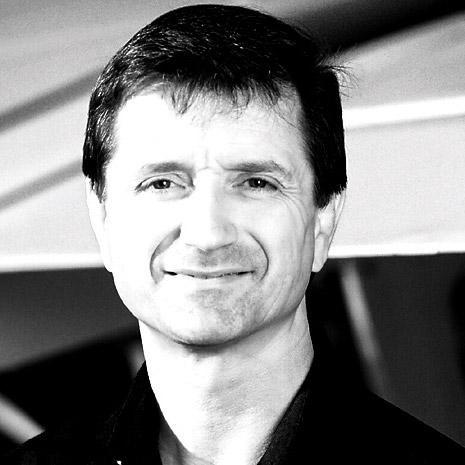The 1984 movie The Karate Kid revealed a rare pedagogical truth of immense value to flight instructors. The movie centers around Daniel, who volunteers to polish the car and sand the deck of his neighbor, Mr. Miyagi (a martial arts master). Miyagi insists that Daniel use a “wax on, wax off” hand motion to do the job. Daniel eventually tires of the mundane repetitive action and prepares to show Miyagi his “buzz off” technique. Miyagi feels the time is right for a lesson and throws a punch toward Daniel. Daniel effortlessly blocks the punch with an unconscious, reflexive “wax on, wax off” hand movement. It turns out that most repetitive and mundane acts of training are sometimes the most useful ones to learn.
Martial arts training relies heavily on building habits and reflexes through repetition. The Japanese even have a word for these repetitive individual exercises: suburi. The good news here is that you can use suburi training to accelerate your student’s development of any flight skill. Doing so requires that you identify the fundamental building blocks on which those skills are based, then guide your student in practicing those fundamentals repetitively to perfection. Given the ubiquity and sophistication of today’s flight simulator (desktop or full motion with rudder pedals), these devices lend themselves exceptionally well to these repetitive individual exercises.
Learning to land requires mastery of several fundamental skills, two of which are rudder and aileron coordination and attitude control. Without these skills, the student can’t keep the runway picture stabilized in the windscreen. What all students need is the precision to hold that tiny black strip of asphalt steady as it ominously expands in the windscreen. Here is where isolating the precise motor behaviors required for coordination and attitude control leads to an accelerated rate of learning.
Begin with the (simulated) airplane on a one-mile final at an altitude where a power-off descent can be made to the runway at approach speed. Set the program for calm winds and mild turbulence. Save these settings.
The moment a wing rises because of turbulence (and it will), instruct your student to immediately apply aileron to lower the wing and rudder pressure to cancel the effects of adverse yaw. Don’t let that nose yaw even a tiny bit from the direction it points! The moment the nose pitches away from the attitude necessary to maintain approach speed, immediately apply elevator pressure to return and maintain the desired attitude. As the airplane crosses the threshold, repeat the exercise from the previous starting point. These two fundamental behaviors are the equivalent of Miyagi’s fundamental “wax on, wax off” defensive hand movements.
The objective of this suburi exercise is not to land the airplane. It’s to become skilled enough to hold the expanding runway steady in the windscreen through precise heading, bank, and attitude control. If your student can observe a steadily (and steady) expanding runway long enough during the approach, he or she is better able to judge where to begin the flare for landing. This is why it’s easier to swat a fly at Chuck’s Chicken eBowla restaurant after it lands instead of while it’s flying. Aside from killing Chuck’s customer of the month, swatting a landed fly proves that it’s easier to hit something once it stops moving. It’s also easier to land on a runway once it stops moving all over your windscreen.
As our instructor friends from south of the border might say, “Let’s take the training up a nacho” by increasing the turbulence level, followed by adding a crosswind to the mix. Repeat this exercise from the original starting point. How many times? As many as it takes for the student to master these fundamental behaviors.
By isolating the fundamental behaviors of this (or any) skill and practicing them repetitively, your student will increase the speed at which he or she learns to land. The side benefit here is that this training can be done at home—inexpensively—on the student’s desktop flight simulator.
Suburi training is an effective way to master any higher-order skill. This includes slow flight, steep turns, stall recoveries, chandelles, lazy eights, and so on. Your job as an instructor is to isolate the fundamental building blocks of that skill, then have your student practice them repeatedly until they are mastered. Your students are sure to appreciate their accelerated rate of learning and the reduced cost of flight training. You might say they will get a kick out of it, but not that kind of kick. Heeyaw!



